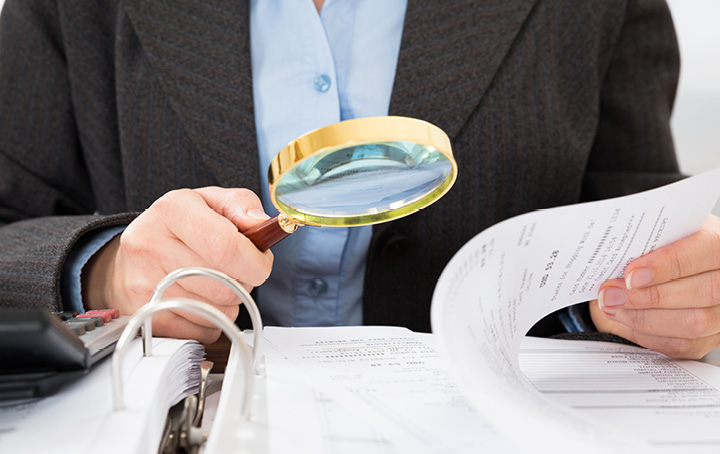

[column width=”1/1″ last=”true” title=”” title_type=”single” animation=”none” implicit=”true”]
As a testament to the far-reaching consequences of recent residential building defects crisis, the government has recently decided to change the legislation on vacant land deductions to exclude structures affected by natural disasters or other exceptional circumstances such as substantial building defects.
Previously, the government had sought to crack down on “land banking” by disallowing expenses, such as interest costs incurred in holding vacant land from 1 July 2019. Basically, any land that did not have a substantial permanent structure on it would be captured. The term substantial permanent structure does not include any premises that is being constructed or substantially renovated unless the premises are able to be lawfully occupied.
Therefore, under the legislation as it was originally written, investors who held defective units in buildings all around Australia would’ve had their expenses disallowed. These expenses could not be carried forward for use in later income years, with only some expenses allowed to be included in the cost base of the land for CGT purposes.
After the scale of the building defects debacle became known, the government decided to provide an exception to disallowing deductions for holding vacant land for those affected. For the exception to apply, there must’ve been a substantial and permanent structure on the land prior to the time the exceptional circumstance occurs, and the circumstance must be exceptional and beyond the reasonable control of the taxpayer.
Under the exception, investors holding structures affected by natural disasters or other exceptional circumstances (ie substantial building defects) are allowed deductions for three years from the date the event occurred. The Commissioner may also extend the three-year period if the failure to replace the structure is beyond the control of the taxpayer or due to the size of the structure, it is unable to be realistically completed on time.
The exceptional circumstances exception can apply to any unusual events or occurrences (ie major building fires, floods and discovery of asbestos) not just substantial building defects. However, the exceptional circumstance must not be caused by the investor/investors and there must’ve been nothing a reasonable person in that position should have reasonably done to prevent the circumstance (ie outside the reasonable control of the investor/investors).
Therefore, this exception would not apply to investors suffering financial hardship due to renovations that do not affect the structure, and those investors may not be able to deduct any costs associated with holding what is considered to be “vacant land”. If you’re unlucky enough to have to use this exception, you must keep written records of the exceptional circumstance (and their effect on the structure) until the fifth anniversary of the end of the income year in in which you first deducted the loss.
[/column]